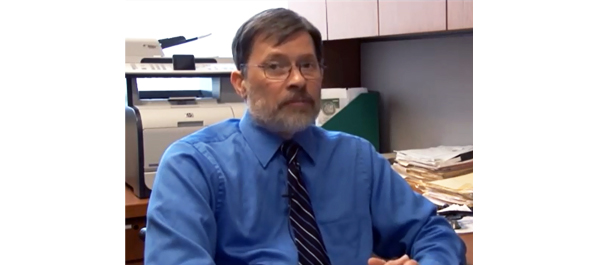
Video: EGFR-targeted therapy in metastatic penile SCC
Epidermal growth factor receptor-targeted therapy in locally advanced or metastatic squamous cell carcinoma of the penis
Bradley C. Carthon*§, Chaan S. Ng†, Curtis A. Pettaway‡ and Lance C. Pagliaro*
Departments of *Genitourinary Medical Oncology, †Radiology, and ‡Urology, The University of Texas MD Anderson Cancer Center, Houston, TX, USA
§Current address: Winship Cancer Institute, Emory University,Atlanta, Georgia, USA
OBJECTIVE
• To evaluate the safety and efficacy of epidermal…

Article of the week: 1-week and 4-week stenting equally effective after pyeloplasty
1 Comment
/
Every week the Editor-in-Chief selects the Article of the Week from the current issue of BJUI. The abstract is reproduced below and you can click on the button to read the full article, which is freely available to all readers for at least 30 days from the time of this post.
In addition to the article itself, there is an accompanying editorial written by a prominent member of the urological community. This blog is intended to provoke comment and discussion and we invite you to use the comment…

Editorial: Early stent removal after pyeloplasty
In the current issue of BJUI Danuser et al. [1] present their prospective randomised single-centre study evaluating the effectiveness of 1-week vs the more traditional 4-week ureteric stent placement, after either a laparoscopic (LPP) or robot-assisted laparoscopic pyeloplasty procedure (RALPP) for PUJO.
In recent years LPP and RALPP have become the standard treatments for PUJO. In the adult population most patients undergoing this procedure require a period of ureteric stenting…
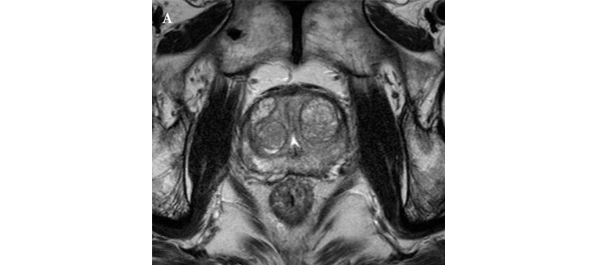
Article of the month: MRI and active surveillance for prostate cancer
Every week the Editor-in-Chief selects the Article of the Week from the current issue of BJUI. The abstract is reproduced below and you can click on the button to read the full article, which is freely available to all readers for at least 30 days from the time of this post.
In addition to the article itself, there is an accompanying editorial written by a prominent member of the urological community. This blog is intended to provoke comment and discussion and we invite you to use the comment…
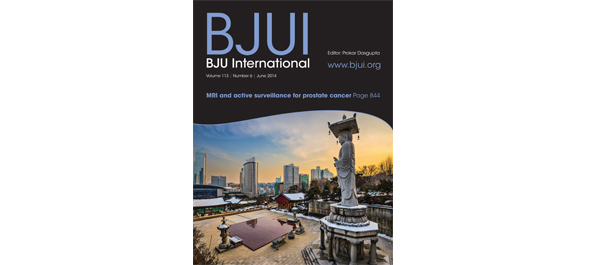
Editorial: Multiparametric MRI and active surveillance for prostate cancer: future directions
A growing body of data exists suggesting an important role of MRI in selecting men with prostate cancer for active surveillance (AS). In the present study, Park et al. [1] show that a suspicious lesion on MRI was independently predictive of adverse pathology after radical prostatectomy (RP). This finding supports existing data suggesting that suspicious lesions on MRI confer an increased risk of disease reclassification among men enrolled in AS [2]. Indeed, in our institutional AS experience we found…

Video: MRI can assess the eligibility of patients with prostate cancer for AS
Role of multiparametric 3.0-Tesla magnetic resonance imaging in patients with prostate cancer eligible for active surveillance
Bong H. Park, Hwang G. Jeon, Seol H. Choo, Byong C. Jeong, Seong I. Seo, Seong S. Jeon, Han Y. Choi and Hyun M. Lee
Department of Urology, Samsung Medical Center, Sungkyunkwan University School of Medicine, Seoul, Korea
Current address: Bong H. Park, Department of Urology, Incheon St. Mary's Hospital, The Catholic University of Korea College of Medicine, Seoul, Korea
OBJECTIVE
•…
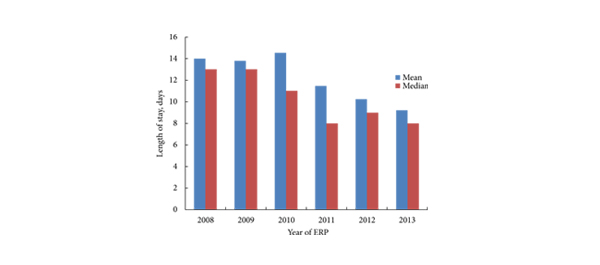
Article of the week: Enhanced Recovery Programme for radical cystectomy
Every week the Editor-in-Chief selects the Article of the Week from the current issue of BJUI. The abstract is reproduced below and you can click on the button to read the full article, which is freely available to all readers for at least 30 days from the time of this post.
In addition to the article itself, there is an accompanying editorial written by prominent members of the urological community. This blog is intended to provoke comment and discussion and we invite you to use the comment tools…

Editorial: Enhanced recovery programmes: an important step towards going lean in healthcare
Enhanced recovery programmes (also known as clinical care pathways) are excellent examples of ‘lean thinking’. The ‘lean’ approach is derived from the management philosophy known as the ‘Toyota Production System’ (TPS) that helped the Japanese company become the world's largest automaker. This management approach has been widely adopted throughout the manufacturing world and has revolutionised the way many businesses operate. Indeed, the concept of clinical care pathways has its…
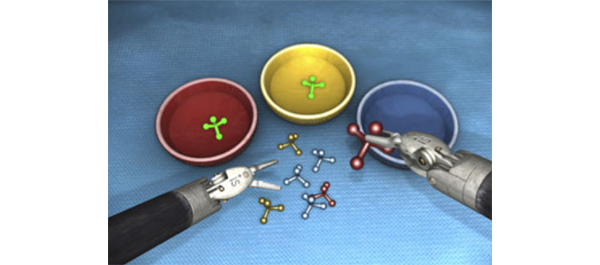
Article of the week: Moving up a GEAR: evaluating robotic dry lab exercises
Every week the Editor-in-Chief selects the Article of the Week from the current issue of BJUI. The abstract is reproduced below and you can click on the button to read the full article, which is freely available to all readers for at least 30 days from the time of this post.
In addition to the article itself, there is an accompanying editorial written by prominent members of the urological community. This blog is intended to provoke comment and discussion and we invite you to use the comment…
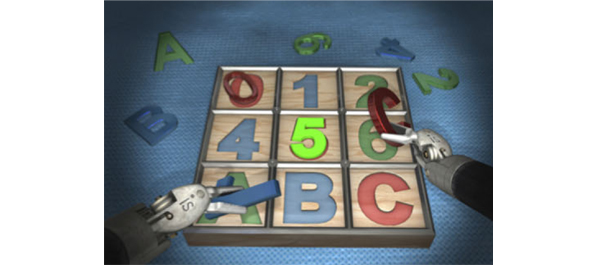
Editorial: Validating dry lab exercises for robotic surgical skills training
Standardising and structuring of robotic surgery curricula: validation and integration of non-technical skills is required
Kamran Ahmed and Oliver Brunckhorst
Surgical simulation has advanced tremendously over the last two decades with the development of laparoscopic and robotic surgery. Because these procedures have a steep learning curve and because of the reduced training times experienced by trainees, safe adjuncts to operating room training are required [1]. Simulation training is a novel…
